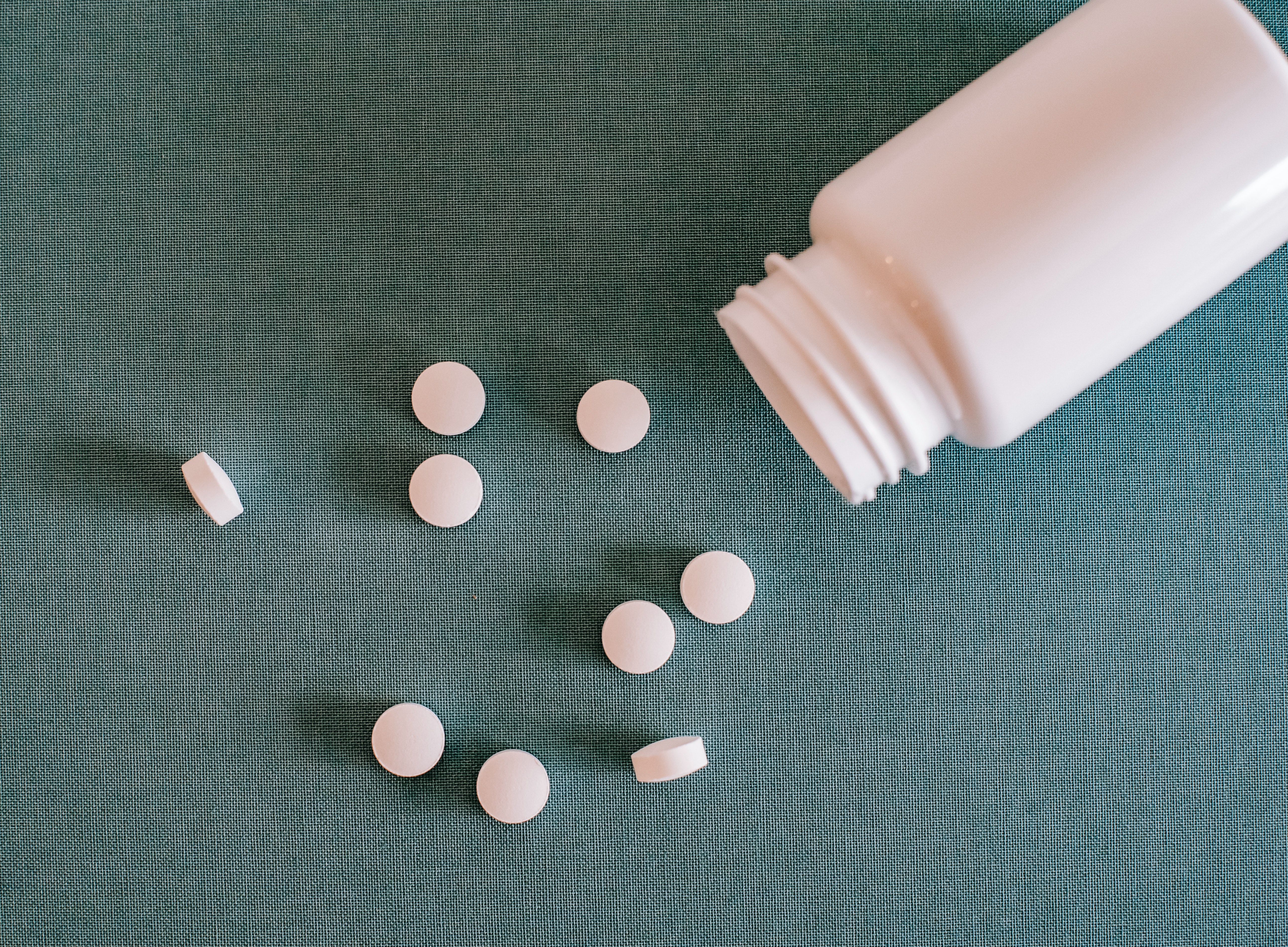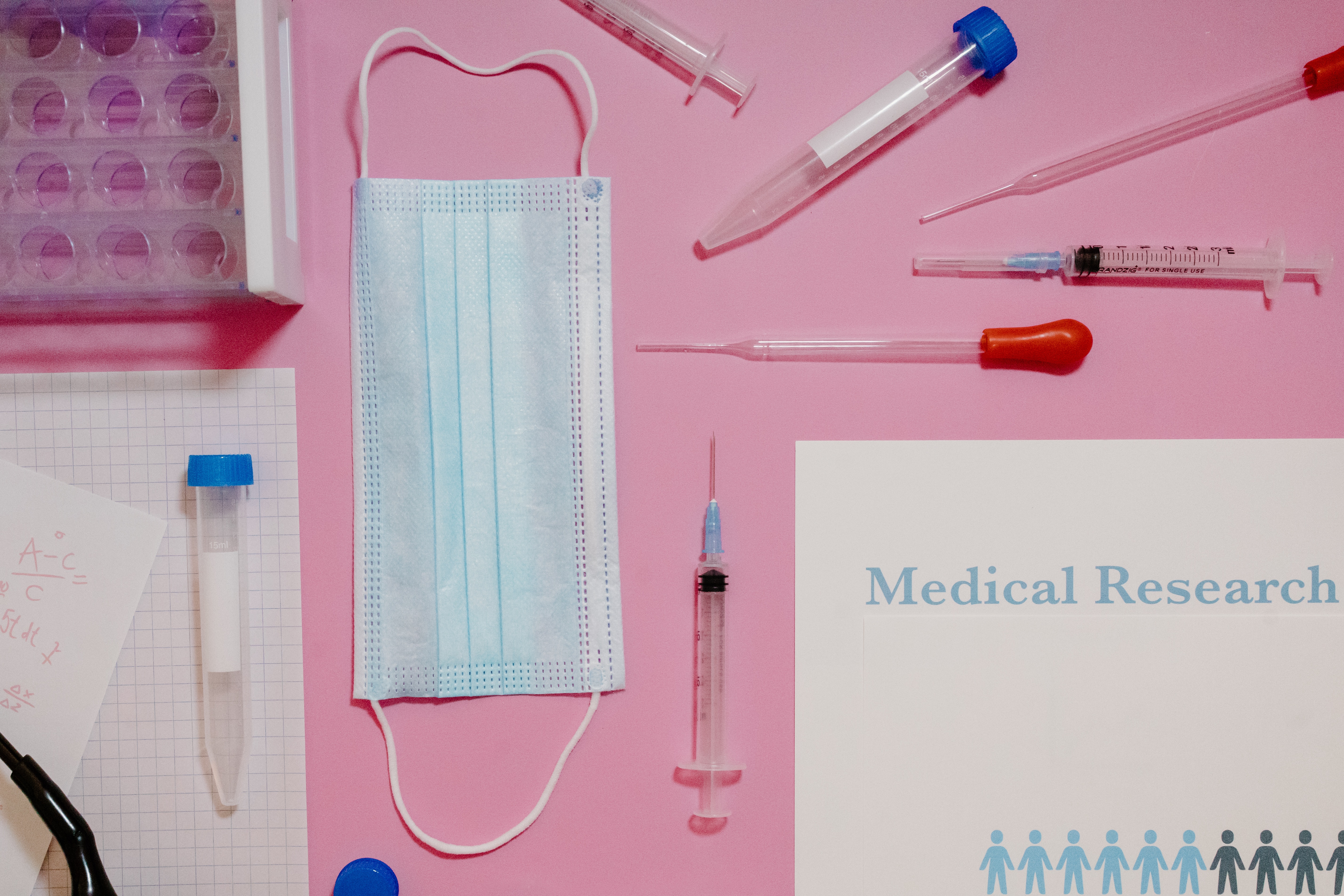The pharmaceutical industry is one of the most heavily regulated industries in the world, and its supply chain must be carefully managed to ensure that drugs are transported correctly. Unusual order patterns can represent a potential risk for pharmaceutical GDP (Good Distribution Practices). These patterns include orders that exceed the normal size or frequency, missing or incorrect information on shipping labels, orders that contain products from multiple manufacturers, and long-distance shipments.
Unusual order patterns can lead to disruption of pharmaceutical product distribution due to misplacement or improper handling of medications. This could result in a significant risk to public health if pharmaceuticals reach consumers without being tested properly. To reduce these risks, pharmaceutical GDP regulations require companies to monitor their supply chains closely and take steps to address any unusual order patterns that arise.
For example, pharmaceutical companies must ensure that orders are shipped using appropriate packaging and labeling materials. They must also verify that orders have been delivered to the correct parties, check for any discrepancies between product label information and actual contents, and inspect the merchandise prior to shipment. Finally, pharmaceutical companies should use advanced analytics tools to monitor trends in order patterns so they can quickly identify any potential risks.
By following pharmaceutical GDP guidelines and monitoring their supply chains closely, pharmaceutical companies can minimize the risk of disruption in drug distribution caused by unusual order patterns. This helps protect public health by ensuring pharmaceuticals reach consumers safely and securely.
Additionally, pharmaceutical companies should strive to improve visibility and accuracy in the order tracking. This can be achieved by leveraging technologies such as blockchain, RFID tags, and barcodes to track products throughout their journey from the manufacturer to the patient. By using these technologies, pharmaceutical companies can gain real-time visibility into orders and quickly identify any unusual patterns or discrepancies.
Ultimately, pharmaceutical GDP regulations are designed to maintain the safety and compliance of pharmaceuticals through every step of the supply chain. To ensure pharmaceuticals reach consumers safely and securely, pharmaceutical companies must monitor their supply chains closely for any unusual order patterns that may arise. Additionally, they should leverage advanced data analytics tools and modern tracking technologies to ensure accurate product delivery and reduce threats to public health caused by mislabeled or mishandled pharmaceuticals. With proper pharmaceutical GDP practices, pharmaceutical companies can ensure that pharmaceuticals reach consumers safely and securely.






